Why Size Matters
You’ve probably heard that ants are stronger than us because they can lift 50 times their own weight. But what if we could magically make ants grow to our size? Would they really be stronger than us?
22 de mayo de 2024
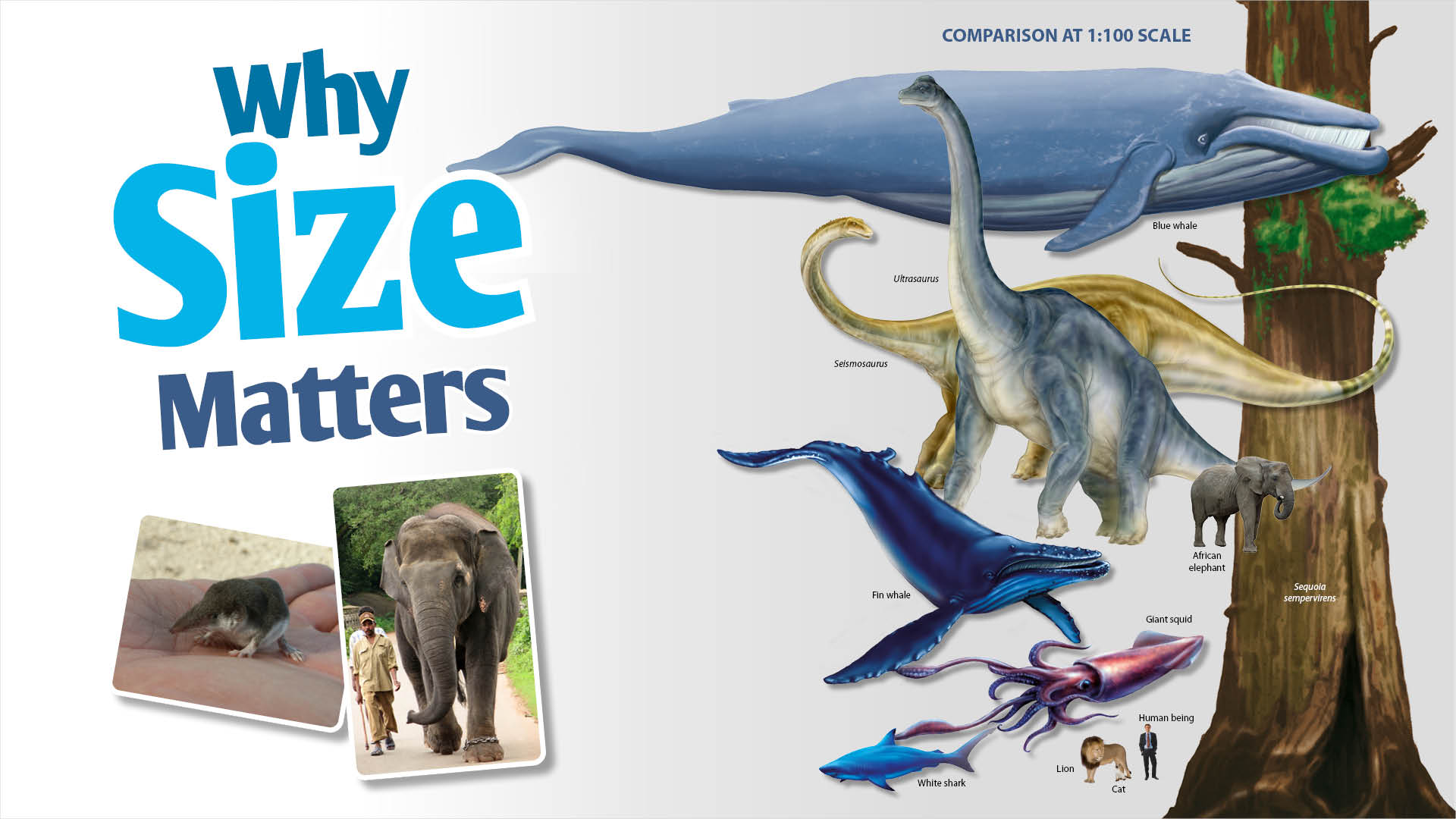
The answer is no—they probably wouldn’t even be able to stand up. Changing size isn’t as easy as it looks in fantasy or science fiction stories. The laws of physics make it impossible for a giant to have the same body structure and strength as a human.
The Taller, the Wider
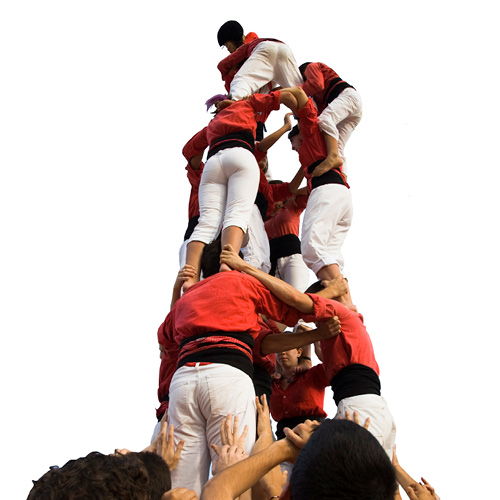
In the world of castellers (human towers built at festivals in Catalonia), the taller you want to build a tower, the stronger and more secure its base must be. Making a three-story tower with four pillars (people) on each level is not the same as making a ten-story tower with only two pillars on each level. Why? Because the taller the tower, the heavier it is, and therefore the more effort the people on the lower levels have to make. That’s why when a tall tower is built, “additional supports” are added to make its base thicker and more stable. These are known in casteller jargon as folre i manilles.
Think of a tree, for example. You’ve probably noticed that the taller a tree is, the wider its trunk is. But the question is: does a tree’s width need to increase at the same rate as its height? Does the tree maintain the same proportions as it grows? In other words, if you grew to be 20 meters tall, would you keep the same proportions?
A CUBIC ORGANISM
In both “human towers” and trees, weight depends directly on the amount of mass in the body. Living things are three-dimensional: they have width, height, and length, and most of them are not hollow. So, the mass of a living organism is related to the volume it occupies: more volume means more mass. Volume is a three-dimensional measurement, which is why the volume (V) of a cube is its length (I) multiplied three times—in mathematical language, the volume of a cube is its length cubed; or V = I³. Few living organisms are perfectly cubic, but to simplify, we can imagine a cubic living organism.
On the other hand, the weight of a terrestrial organism is supported by the surface area of those body parts in contact with the ground.
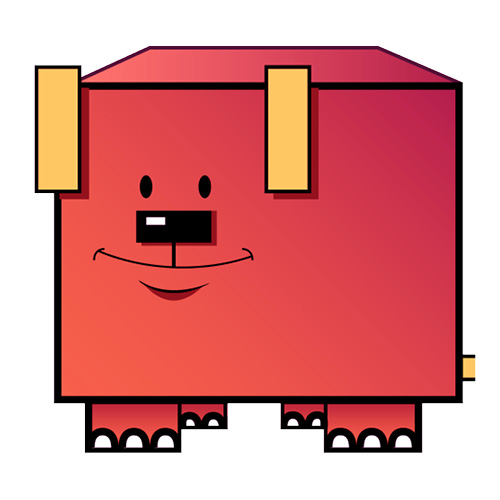
The base of the tower or the trunk of a plant is a two-dimensional feature. We’ve all seen tree trunks cut nearly at ground level. The base of the trunk is the area of its cross-section, a two-dimensional space. This area (A) also depends on length (I)—in this case, the radius—but squared. For our cubic organism, its base is A = I².
If we use these formulas, we can do the following steps:
A =I2 V=I3
A1/2=I V1/3=I
A1/2=I=V1/3
A =V2/3

This is an important relationship in nature. But what does it mean? This relationship tells us that when the size of an organism increases (when its length dimensions (I) increase), its volume (V) increases much faster than its base (A). Let’s start with a simple cubic organism of I = 1. Its volume will be proportional to 1 (V ≈ I³ ≈ 1³ ≈ 1) and its base will also be 1 (A ≈ I² ≈ 1² ≈ 1).
Now, let’s double our model organism in size in all directions, meaning I = 2. The base of this organism will be 4 (A ≈ I² ≈ 2² ≈ 4), while the volume will be 8 (V ≈ I³ ≈ 2³ ≈ 8). If we triple its size in all directions, the differences become more pronounced. You can calculate it yourself. If I = 3, then A ≈ 9 and V ≈ 27.
This is a very important relationship in nature. But what does it mean? What does it imply? And how does all this affect our desire to change size? Imagine we could fulfill our “dream of greatness” and double our size while keeping our proportions. That’s where the problems begin. Keeping the proportions means all the “Is” have doubled. We’ve doubled our height, our ears are twice as big, our shoulders have doubled in width… The radius of our legs—which support our weight—has also doubled, so we might think they are twice as strong as before. But what happens to our weight? Will we also weigh twice as much?
Weak Giants, Strong Dwarfs
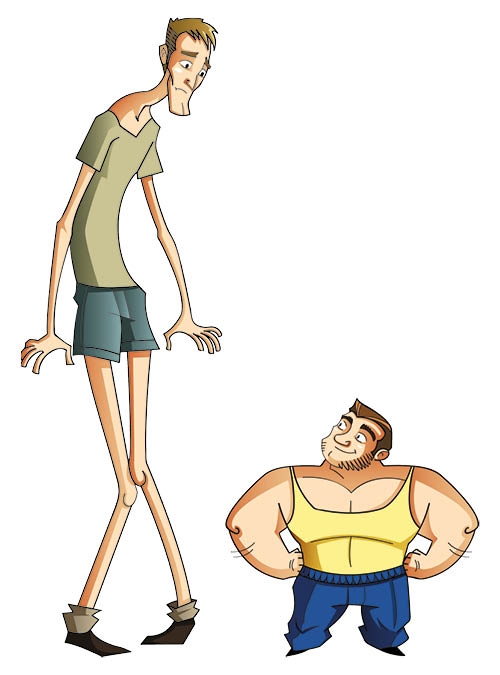
Our strength comes from the action of our muscles. Strong people have thicker muscles than the rest of us because muscle strength is proportional to the muscle’s thickness. Let’s again consider our legs: we can say that their strength is proportional to their thickness—that is, to their base (A). So, if we double our size, our leg strength also doubles.
However, the weight of our body—which is proportional to volume (V)—will increase much more than our strength. That’s why, even if we are twice as strong, we’ll move with difficulty because we’ll have to support a weight that has grown much more.
strength ≈ weight2/3
If, on the other hand, we were reduced to half our size, we would seem stronger than now. Our weight would have decreased much more than our strength. Proportionally, we would be able to lift more weight or jump higher—that’s why small insects can jump distances much greater than their height. But the comparisons sometimes made aren’t true: “if they were human-sized, they would jump over tall buildings.” No way! If they were human-sized, they’d weigh too much and wouldn’t have enough strength to make those jumps.
The Effects of Isolation
Three or four thousand years ago, when the first humans set foot on Mallorca and Menorca, there were small goats running around these islands like chihuahuas. These Myotragus balearicus specimens became extinct shortly after. The Myotragus looked like a goat, but with a shrunken appearance: its height ranged from 25 to 50 cm. This is a typical evolutionary phenomenon called insularism. All animals have random mutations from generation to generation. Depending on the environment they live in, these mutations are particularly desirable, making the animals that have them more likely to survive and reproduce. Species evolve through this natural selection. Since the island environment is so unique and different from the mainland, natural selection often produces unusual results. For example, Myotragus isn’t the only dwarf animal that lived on Mediterranean islands. For example, remains of miniature elephants, hippos, and deer have been found. In other cases, the island environment favors the selection of giant animals, such as the Galapagos tortoises, probably due to the lack of natural predators.
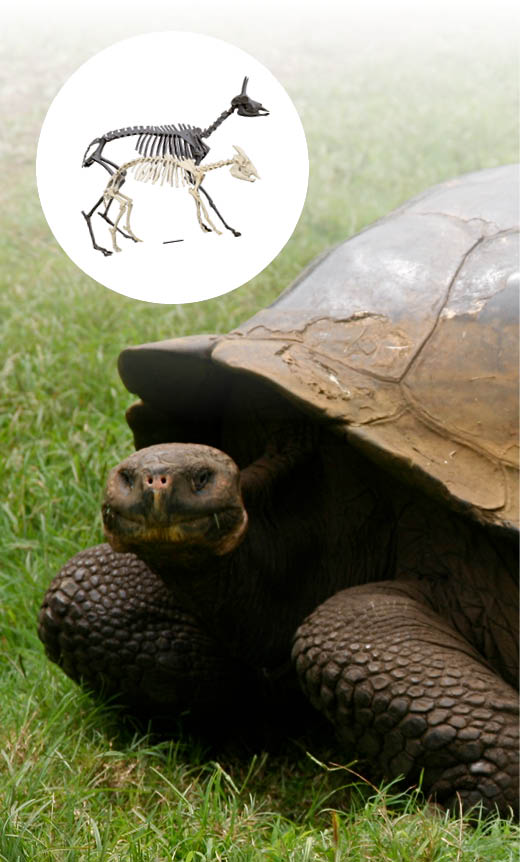
Comparison of the skeleton of a Myotragus (white) with that of a modern chamois (gray). Catalan Institute of Paleontology.
The Importance of Surface Area
Let’s see what happens if we turn our cubic model organism into a spherical one. The volume of a sphere is 4/3πr³, and the surface area is 4πr². Again, as the sphere’s size (its radius) increases, its volume grows much faster than its surface area. This means that larger spherical organisms have less surface area relative to their volume. This relationship has significant implications for living organisms since their surface area interacts with the external environment, exchanging energy, gases, and food. That’s why very small organisms don’t need a respiratory system to transport oxygen to all their cells; they are close enough to the surface to obtain oxygen directly from the environment.
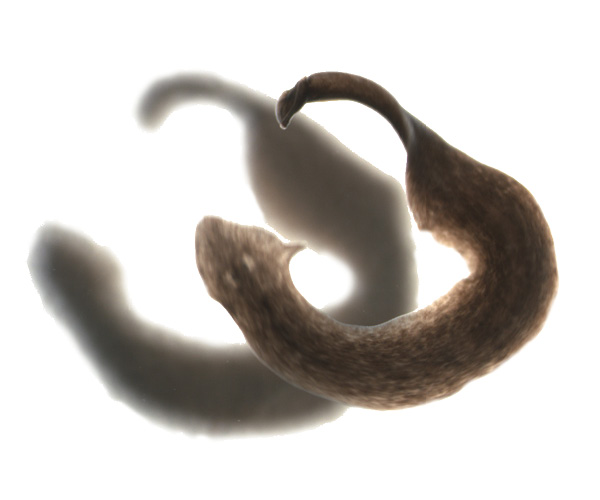
Planarians are too small (and flat) to have or need respiratory organs, given their large surface area to volume ratio..
REGULATING TEMPERATURE
The surface-to-volume ratio also affects how living organisms regulate their internal temperature. Organisms need to maintain an internal temperature within a certain range to survive. For example, mammals typically need to keep their body temperature between 34 and 38 degrees Celsius, depending on the species. But the external environment doesn’t always match this temperature. Heat is gained or lost through the body’s surface, depending on whether it’s cold or hot outside.
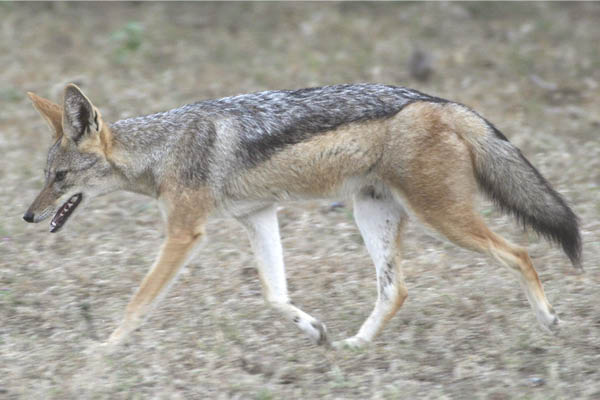
That’s why in warm ecosystems, animals tend to be thin and have large, flat body parts (like ears) to increase their surface area relative to their volume, which helps them lose body heat. In cold ecosystems, animals tend to be rounder because a sphere is the geometric shape with the smallest surface-to-volume ratio (it contains the maximum volume in the minimum surface area). Rounder animals thus reduce heat loss through their skin, and larger animals lose even less heat.
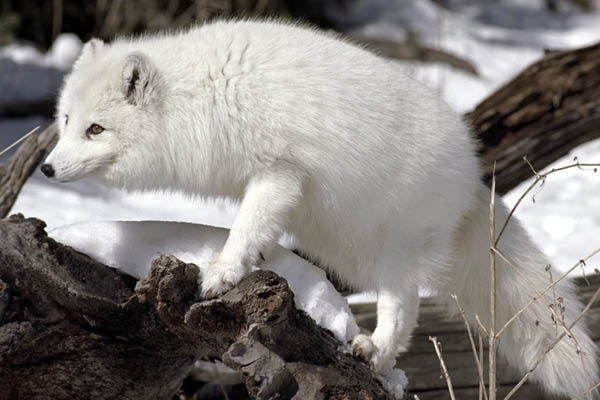
A Squeaky Voice
A very curious effect of reducing our size would be a radical change in our voice. Our voice is produced by the vibration of our vocal cords. The pitch of the sound produced by a string depends directly on its length. A guitar, for example, doesn’t sound like a bass. The shorter a string is, the higher the frequency of the vibration and the higher the pitch it produces. The same principle applies to animals: the yelp of a tiny dog is much higher-pitched than the bark of a large dog. In our mental experiment, if we reduced our size, we would have high-pitched, squeaky voices. Conversely, if we increased our proportions, our voice would become deeper.
Small? Hyperactive. Big? Relaxed
Changing our size would also affect our “acceleration” or “relaxation.” An animal’s activity level is related to its energy consumption, known as metabolism. An interesting phenomenon in nature is that large animals have proportionally lower metabolisms than small animals. We could say that larger animals tend to “take it easy,” while small animals are energetic and always on the move (think of big dogs versus small dogs). This difference in metabolism is reflected in heart rates: a human’s heart beats between 60 and 90 times per minute at rest, while small animals can have heart rates up to 700 beats per minute, and large animals can have heart rates as low as 25 beats per minute.
The shrew’s heart rate is about 700 beats per minute, while the elephant’s heart rate is about 25 beats.
These differences in metabolic rates lead to several side effects. First, small animals burn a lot of energy and therefore need to eat more (proportionally) than larger animals, often spending much of their time looking for food. Second, this high energy expenditure contributes, among other factors, to a shorter lifespan for smaller organisms. In general, smaller species live shorter lives than larger ones—truly, the brightest flames burn the shortest.
WRITTEN BY Salvador Ferré
Recommended Reading
- Why size matters, by John Tyler Bonner (Princeton University Press, 2006)
- The Physics of Superheroes, by James Kakalios (Robinbook, 2006)
Pictures & Illustrations credits
- Why Size Matter – Oriol Massana, David Morancho, Àlex Serra e iStockphoto.com
- Cubic organism – Núria Saladrigas
- Weak Giants, Strong Dwarfs – Núria Saladrigas
- Galapagos Tortoise – Ariadna Álvarez Pérez-Simó
- Planarians – Princeton University











Leave a Reply